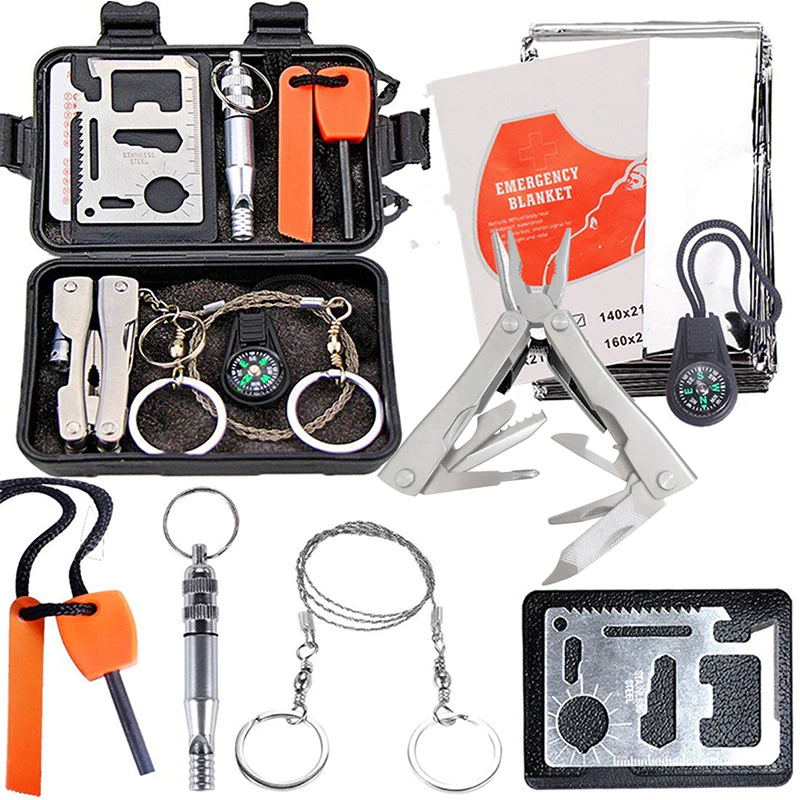Essentials of Preparedness: The Comprehensive Guide to Emergency Outdoor Survival Kits
When venturing into the great outdoors, the promise of adventure is always accompanied by inherent risks. Nature, in all its splendor, is unpredictable. An emergency outdoor survival kit is not just a precaution; it's a lifeline, ensuring that you can face the unexpected with confidence. This article sheds light on the integral components of such kits, ensuring that both novice and seasoned explorers are equipped for the unexpected.
Components of a Survival Kit:
-
Water and Hydration Tools: Essential for survival, it's imperative to have tools like water purification tablets, filters, and collapsible containers to ensure access to clean water at all times.
-
Nutrition: Pack high-energy, non-perishable snacks like energy bars, nuts, and dried fruits. Additionally, include lightweight cooking equipment and fire-starting tools.
-
Shelter and Warmth: Compact tents or bivvy bags, space blankets, and hand warmers can provide essential protection from the elements and retain body heat.
-
Navigation Aids: A reliable compass, GPS device, and topographical maps ensure that you can navigate unfamiliar terrains or signal your location to rescuers.
-
First Aid and Medical Supplies: Comprehensive kits should contain bandages, antiseptic wipes, pain relievers, and any personal medication. Knowledge of basic first aid procedures is also invaluable.
-
Signaling Tools: In the event of getting lost or needing rescue, whistles, mirrors, and flares can be used to alert nearby individuals or authorities.
-
Multi-functional Tools: A quality multi-tool equipped with knives, pliers, and screwdrivers can address numerous challenges one might face in the wilderness.
-
Illumination: LED flashlights, headlamps, and lanterns, preferably waterproof and with extra batteries, are essential for nighttime visibility.
-
Fire Starters: Waterproof matches, lighters, and fire starter kits can be life-saving, offering warmth, protection, and a means to cook.
-
Communication Devices: Satellite phones or two-way radios ensure connectivity in areas without regular cell service.
Building and Maintaining Your Kit:
-
Customization: Tailor your kit based on the specific environment you're exploring, considering factors like climate, terrain, and the duration of your stay.
-
Regular Inspection: Check your kit periodically, replacing expired items and ensuring that all tools are in working order.
-
Training: Familiarize yourself with all components of your survival kit. Knowledge of how to use each item effectively can make a significant difference in an emergency.
-
Compact Packaging: Ensure that all items are securely packed in a waterproof and durable container. The more compact and lightweight, the easier it is to carry.
An emergency outdoor survival kit is a blend of preparation, foresight, and knowledge. While every adventurer hopes never to use it, its presence offers peace of mind. Venturing into the wild armed with a well-equipped kit means that you're not only embracing the beauty of nature but also respecting its power. Preparedness doesn't stifle adventure; it amplifies it, allowing explorers to forge ahead, knowing they're ready for whatever lies ahead.


No comments yet